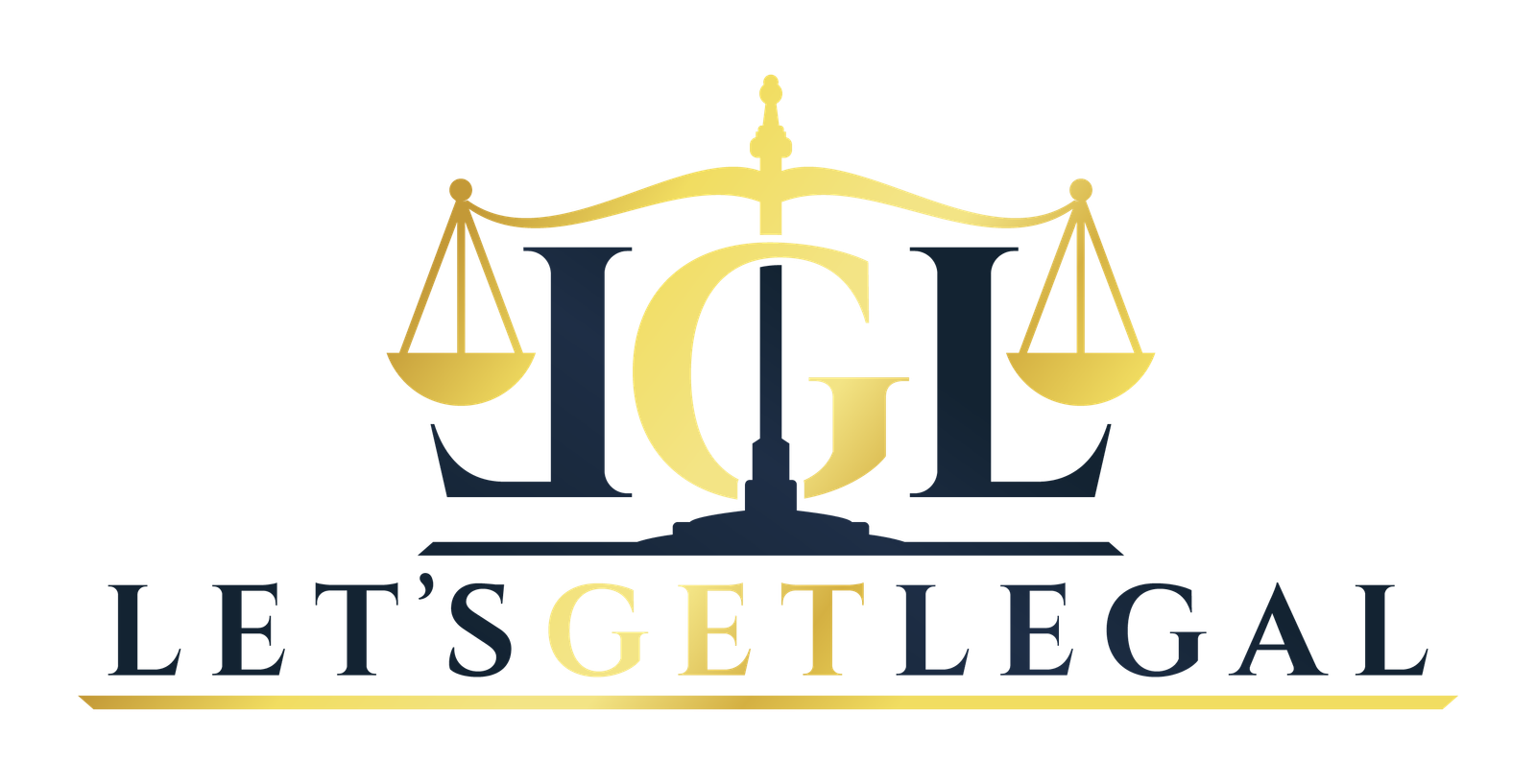When a business starts to expand, it becomes necessary to improve the structure of the business both size and capital-wise. Conversion of a proprietorship into a private limited company provides many benefits, but it also brings along the diffusion of power and loss of independence. Careful decisions must be taken to convert. A private limited company offers significant advantages over the proprietorship form of business, including that of limited liability, ability to attract equity capital, continued existence among other benefits.
After the completion of all the procedures specified above, the MCA validates the prescribed compliance requirements. If the administering body finds it satisfactory, the entity will be provided with a Certificate of Incorporation, which effectively gives birth to a new private limited company.
PREREQUISITE CONDITIONS
- A takeover agreement or sale agreement needs to be entered into between the sole proprietor and company.
- The MOA needs to carry the object “The take over of a sole proprietorship”.
- All the assets and liabilities of the sole proprietorship must be transferred to the company.
- The shareholding of the proprietor should not be less than 50% of the voting power, and the same must continue to be held for a period of 5 years.
- The proprietor does not receive any additional benefits either directly or indirectly, except to the extent of shares held.
REQUIRED DOCUMENTS
- PAN Card copy of all directors (Identity Proof).
- Copy of Aadhar card/ Voters ID (Address Proof).
- Passport size photographs of Directors.
- Proof of ownership of a business place (if owned).
- Rental agreement if rented.
- No Objection Certificate (NOC) of Landlord.
- Electricity or water bill.
REQUIRED FORMS
- Form 1 must be filed with the MOA, AOA and other documents.
- Form 18 specifies the details of the registered office.
- Form 32 contains particulars of the information of the directors.
CONVERSION PROCEDURE
- The proprietor must complete the slump sale formalities.
- The Director Identification Number (DIN) and the Digital Signature Certificate (DSC) must be obtained for all the directors.
- The proprietor must apply for the availability of name in Form 1.
- Prepare the charter documents of the company (MOA and AOA) specifying the objects and the rules of the company.
- Apply for the incorporation of the company to the Ministry of Corporate Affairs (MCA).
- Submit all the relevant documents.
- Receive the Certificate of Incorporation.
- Apply for a new PAN and TAN.
- Modify the bank details as per the conversion.
CONCLUSION
Conversion of a business entity comes with more responsibilities and its associated burden as well. Therefore, a person must take utmost caution while conversion and comply with all the formalities to avoid any future hindrances.







